Walt Disney World’s fourth theme park, Animal Kingdom opened on Earth Day, April 22nd, 1998. After nearly a decade of development, the park we got to experience in person was quite different from the one they started designing in 1989.
From drastically changing animal encounters to the loss of an entire land, let’s dig into the Animal Kingdom we didn’t get on opening day, and what could’ve been. Check out the video version of this story below for additional visuals.
Part 1 – The 400-Pound Tiger in the Room
Disney’s Animal Kingdom started as an idea in 1989, just as Walt Disney World was opening their third park, Disney-MGM Studios. At first there was some resistance to the concept of building a whole theme park around real animals. As the story goes, lead imagineer for the project Joe Rohde had a 400-pound Bengal tiger brought right into a meeting with top executives.
He said “We know that there are concerns about whether animals are, in and of themselves, dramatic…” Everyone gasped as the tiger was led in, and the energy was palpable. And the park was greenlit.
Rohde and his team started by sketching out crude possible layouts for the new park, which would open less than a decade later. The first real pieces of concept art included everything the park could be, and not necessarily what the park would be.
The early concepts had huge aspirations, with a massive safari ride in every land, different biomes with different animal habitats, and so on. Disney CEO Michael Eisner wanted a dino-land, and he wanted it to be called DinoLand. Imagineers wanted a land based on mythical animals too. This park was going to be massive.
And while the park’s early advertising wanted to make it perfectly clear that Animal Kingdom was not-a-zoo… There was a learning curve when it came to just how much money it was actually going to cost to bring these intricate animal habitats to life.
Disney announced plans for the construction of what was then going to be called Disney’s “Wild Animal Kingdom” in 1995. It was estimated to cost $600 million, but reportedly shot up to more than $850 million after work began.
To help offset the unforeseen costs of running a world-class zoo and theme park in one, they were going to have to start cutting budgets somewhere in the plans.
Part 2 – The Original Oasis
Going back to the beginning, the earliest concepts for Disney’s Animal Kingdom pulled some iconography from the bible. One idea for the park’s entrance was themed as a gigantic Noah’s Ark. This icon was proposed by Joe Rohde, because like Noah, we should work to conserve animals for future generations.
The first area guests would experience after entering the park, later named The Oasis, was originally envisioned as the Genesis Gardens. Here guests wouldn’t enter the park through a Main Street, U.S.A. with a clear view of the park’s icon, but instead they would have to explore the lush gardens, heading deeper into nature, before the central icon is revealed.
In the early days of brainstorming, plans for a three-tiered carousel were dreamed up. This would’ve acted as the park’s central icon, but it was vetoed by Michael Eisner for being “too frivolous.” Joe Rohde said it seemed like Eisner “already had a sense of the mission for the place” early on.
The bible-inspired elements were dropped in these early blue sky pitches, and Imagineers decided on the Tree of Life as the park’s centerpiece. It would feature hundreds of different animals carved into its trunk and roots. The tree would not only be massive so it could be seen from different areas of the park, but it was going to feature something inside.
Before deciding on it being a show, they considered putting a dining location inside of the Tree of Life. It would have been named “Root’s Restaurant.” Another idea would’ve allowed guests to climb up and around the Tree of Life, similar to the Swiss Family Robinson Treehouse.
Finally, they decided to place a theater at the base of the tree. Early ideas for the show inside of the Tree of Life Theater included a “Wonders of Nature” presentation and a Lion King 3D movie before they settled on the show based on the upcoming Pixar film “A Bug’s Life.”
Part 3 – DinoLand Before Dino-Rama
DinoLand, U.S.A. was designed to be Animal Kingdom’s home for real animals that no longer exist. It was set up as a dig site, with a nearby museum, and a small roadside attraction gift shop. The area’s main attraction, then named Countdown to Extinction, was set within the museum facade.
Utilizing the same ride system and layout as Disneyland’s Indiana Jones Adventure, Countdown to Extinction would act as this land’s version of a safari, while also providing the most thrilling ride for the park’s opening.
It may have started with the same layout as the Indy ride, but some areas were cut short to save money, including the dino version of the bridge scene.
Much like the safari and animal walking tours being designed for Africa and Asia, this land was to receive a walking tour of its own. Cretaceous Trail may have opened with the park, but it would feature more plants than dinos in its final form. Early concept art seemed to show more elaborate displays than what the trail eventually became.
At the end of the trail was a large area that was originally set aside for an often talked about attraction that was cut from the plans: The Excavator. In many pieces of concept art for the land’s Boneyard play area, a wooden roller coaster can be seen in the background.
The concept for this ride would’ve utilized mine cart style train cars in a ride through the old work site where, in the backstory for the land, the very first bones were found here in Diggs County. ‘Keep out’ warning signs would flank the entry as we board what can be assumed was an attraction set up by the grad students that run the nearby dig site.
During the ride your mining train would pass through dinosaur bones, and around the centerpiece for this out-of-control wooden coaster: an old excavator that the college kids altered to look like a dinosaur, giving the attraction its name.
“The Excavator” or just simply, the Dig Site Coaster as noted in some of the early concept art, was ultimately cancelled. Most claim it was due to budget cuts, but some also believe the Imagineers just weren’t too excited by the concept. Luckily, they revisited the idea of a runaway train coaster for Expedition Everest years later.
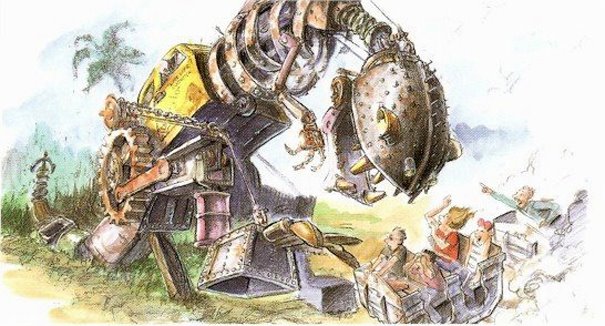
The Excavator concept art, source
To help add capacity to DinoLand, U.S.A. at opening, a makeshift attraction was added in the spot originally set aside for The Excavator coaster: Dinosaur Jubilee and the Fossil Preparation Lab. Set inside a tent between the Chester & Hester’s gift shop and the Boneyard, here you could see dinosaur fossil casts and other artifacts on display.
Rather than revisit The Excavator after the park opened, in 2002 Disney added two child-friendly attractions in its spot instead. This expanded Chester & Hester’s roadside attraction, transforming it into Dino-Rama, complete with carnival games and a realistically themed parking lot.
Part 4 – Tiger Rapids Run Before Kali River Could Walk
The only parts of the Asia section of Animal Kingdom ready on opening day were the Flights of Wonder bird show and one of the boat dock launches for the now defunct Discovery River Boats.
To help differentiate Asia’s animal safari from the vehicle based one planned for the Africa land next door, Asia’s would take place on boats passing through a winding stream. The concept of having animals on the boat ride was abandoned early in development though, as it would’ve been difficult to see them from the lower vantage point, unlike an elevated safari jeep. Plus, designers wanted to add an element of thrill to this side of the park, and it would be hard to take in the splendor of nature while zooming by on a rapids ride.
The animals we would’ve seen on the Tiger Rapids Run boat ride, like Komodo Dragons, and of course, tigers, would get a new home along a walking tour instead.
The now fast-moving boat ride was to feature an ambitious special effects sequence simulating a forest being devastated by loggers. Much like it is today, the ride was to feature burning logs, but the original concept seemed a bit more grand, with spectacular pyrotechnic effects that would shoot fireball explosions into the air above the fire. Two huge logs swinging freely above the boats were also in these early plans.
The year before the park opened, Imagineers ran into issues with one of the ride’s elements. After the intense fire sequence, the raft was going to plummet down a seemingly hidden steep drop for the finale. Joe Rohde described it as “it feels like the bottom has dropped out of the river.”
Imagineers attributed part of the delay for this attraction to the test and adjust phase for this part of the ride, which took about four months to perfect using a mock-up created in Burbank, California.
The final version of the ride eventually opened nearly a year after the park debuted, now with the new name of Kali River Rapids, so guests weren’t disappointed to discover there weren’t actually tigers on the ride.
Unfortunately, some of the effects from the initial vision were missing. The raging forest fire with massive fireballs was reduced to some scattered flames. And all fire was completely removed in later years, leaving only a smoldering smoke effect. (Although, a red lighting effect was eventually added to simulate some of the missing fire.)
In the end, more than half of the intended ride path for Asia’s boat ride was cut. To this day you can still see the unused land that was originally cleared for the missing half of the ride in aerial photos and satellite images.
Part 5 – THE Beastly Kingdom
Animal Kingdom was envisioned as a place to see all types of animals: living, extinct, and even mythical. To fulfil the park’s quota of the mythical, designers came up with a land they were originally calling “Mythia,” where you could see a kraken, dragons, and unicorns. This area was later renamed to Beastly Kingdom.
Separated into different areas of light and darkness, this massive fantasy-themed land would feature several attractions, as well as a couple restaurants, including Loch Ness Landing and Mother Goose’s Cottage.
Set within the center of the land, “Quest for the Unicorn,” would be a hedge maze with a large topiary castle in the background. This hedge maze was to feature statues of mythical creatures throughout, and reward guests that make it to the end with a visit to the unicorn’s hidden grotto.
Plans for the right side of the land would include a Fantasia Gardens swan boat ride. This concept was borrowed from one that started as a replacement for Disneyland’s Fantasyland motorboats in the 1960s, and later as a possible retheme of Magic Kingdom’s swan boats in the 80s. The Beastly Kingdom version would’ve included the Pegasus, fauns, and centaurs from “The Pastoral Symphony” sequence of the classic animated film.
Over on the dark side of Beastly Kingdom, a large suspended roller coaster attraction was being developed. Guests would enter this “Dragon Tower” roller coaster attraction through the ruins of an old castle. The story would have us riding on bat-shaped suspended coaster cars as the bats attempt to steal the treasure from the dragon.
According to concept art, much of this attraction would be set outside, among the castle ruins. The finale for the coaster would be an indoor show scene featuring a massive animatronic fire-breathing dragon protecting his hoard of treasure as we pass.
Despite the fact that imagery from Beastly Kingdom can still be found throughout the park to this day, as well as it being used in marketing leading up to the grand opening — even appearing as part of a McDonald’s Happy Meal promotion — the land was postponed indefinitely. The relatively inexpensive Camp Minnie-Mickey was added instead, as a way to add additional capacity to the park in time for opening.
Two years after the park opened, Joe Rohde said “We had a vision and now it’s become a placeholder. We have all kinds of ideas and not all of them fit with the theme of Beastly Kingdom. I’m not even convinced there will be a Beastly Kingdom.”
Years later, this area of the park would eventually get a land based on imagined creatures in the form of Pandora—The World of Avatar, but it wouldn’t be the same type of flying dragons they were originally thinking of.
Part 6 – Discovery River Boats and the Incredible Shrinking Budget
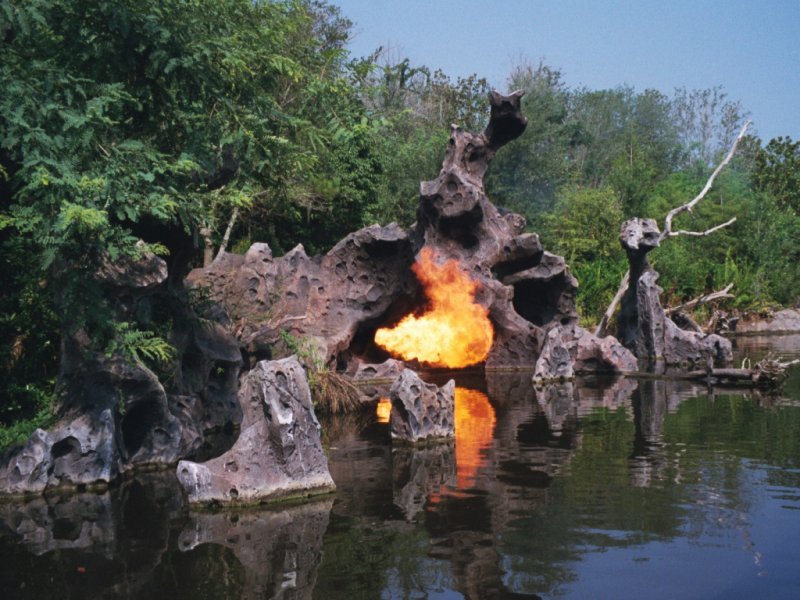
A ferocious, fire-breathing… cave, source
To make good on their promise of dragons and unicorns at Animal Kingdom, plans were drawn up to add some mythical creatures along the coast of the park’s Discovery River Boats.
This opening day attraction would take riders on a one-way journey either to or from an area near the front of the park to the back of the park while guides point out sights along the cruise and show off small animals in cages on board.
Plans for a fire-breathing dragon peering out from a cave outside of the future home of Beastly Kingdom were drawn up but ultimately reduced to just a fire effect with no dragon.

Impressive, full-scale animatronic dinosaur on other side of the river attraction, source
Just like the Imagineer’s Beastly Kingdom vs Eisner’s DinoLand, the dragon element of the River Boats would be cut dramatically, while a fully articulated full-scale iguanodon animatronic was built and installed instead. Although, as Universal was about to learn down the street from their own experience, animatronic dinosaurs in water are a nightmare to maintain, and so Disney removed it not long after the park opened.
Aside from the dragon’s cave, another Beastly Kingdom-inspired show scene for the Discovery River Boats would’ve featured a unicorn rearing up from a dense layer of fog. As the boat approached to get a closer look it would be attacked by a kraken causing the boat to rock. In the end though, all guests would get to see in this area was a lone unicorn statue.
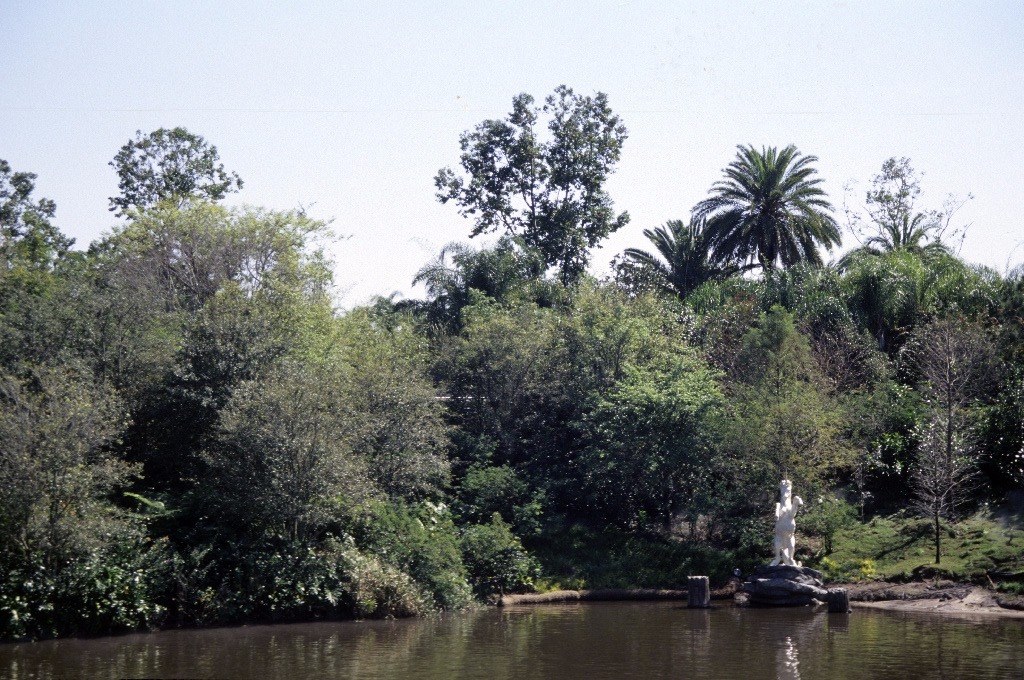
Unicorn statue seen on the Discovery River Boats, source
After failing to entertain guests, nor prove to even be a very useful mode of transportation, the Discovery River Boats were shut down, although not before being strangely rethemed briefly to Radio Disney. Instead of animal encounters and on board guides, guests would be forced to listen to prerecorded Radio Disney music and DJ banter while traveling across the park. The ride lasted a little over a year before being closed for good in 1999.
The park may have had grandiose plans in the beginning that were whittled down as the realities of building it were revealed, but it never compromised on the story it was trying to tell.
While Disney executives may have thought of the park as a gamble early in development, Eisner said it best soon after the park opened: “Whatever doubts we may once have had about the Animal Kingdom’s viability were answered on April 22, 1998, the day the park opened. The crowds were so large that we were forced to close our gates to further guests by 9:00 AM.”
Over time the park grew a little, and it shrunk a little. It got new shows, lost old shows. It finally grew up to become what some may consider a full day park after nearly twenty years of operation. And in my opinion, it still stands as the most well-themed park in Central Florida… even though it never got its dragons and unicorns.
That’s all for now! Be sure to check out the video version of this article here. And you can see our previous articles about unbuilt attractions here.
Subscribe to the news feed to never miss an update, or enter your email address below. Concept Art: Disney | Original Photos: Alicia Stella | Other sources as captioned
Subscribe to Receive Email Updates
![]() Consider supporting us on Patreon for as little as $1/month. All patrons receive behind the scenes posts and exclusive podcasts. Learn More
Consider supporting us on Patreon for as little as $1/month. All patrons receive behind the scenes posts and exclusive podcasts. Learn More
Discover more from Orlando ParkStop
Subscribe to get the latest posts sent to your email.

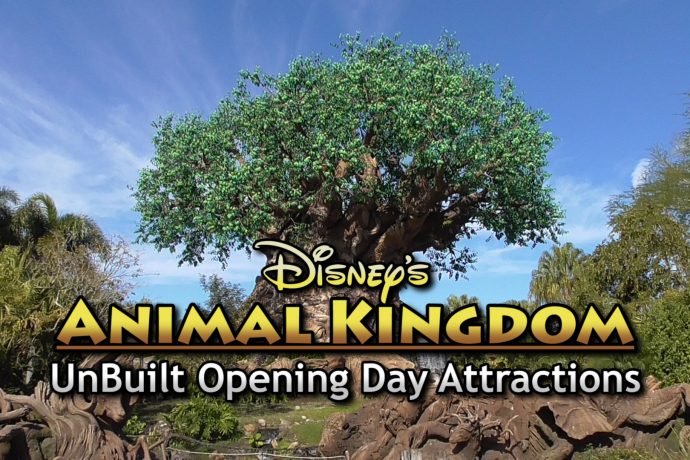

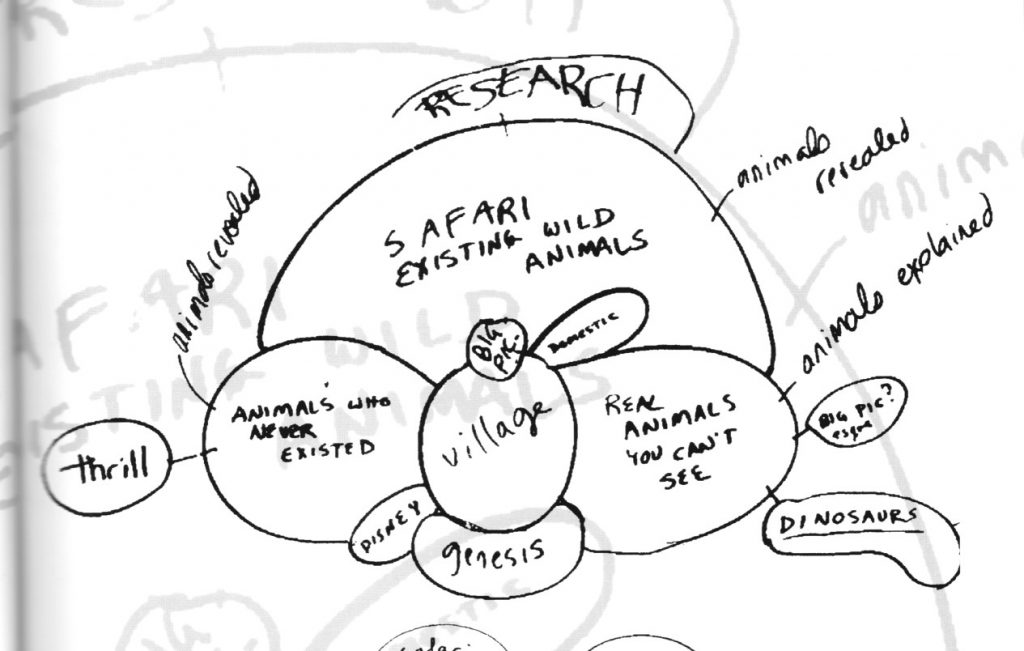
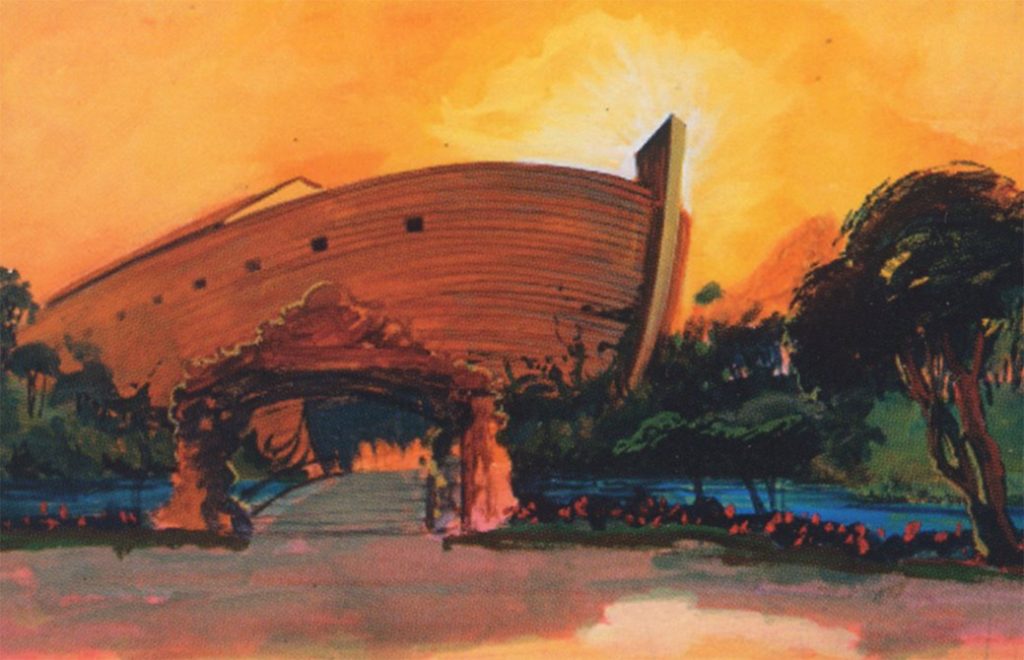
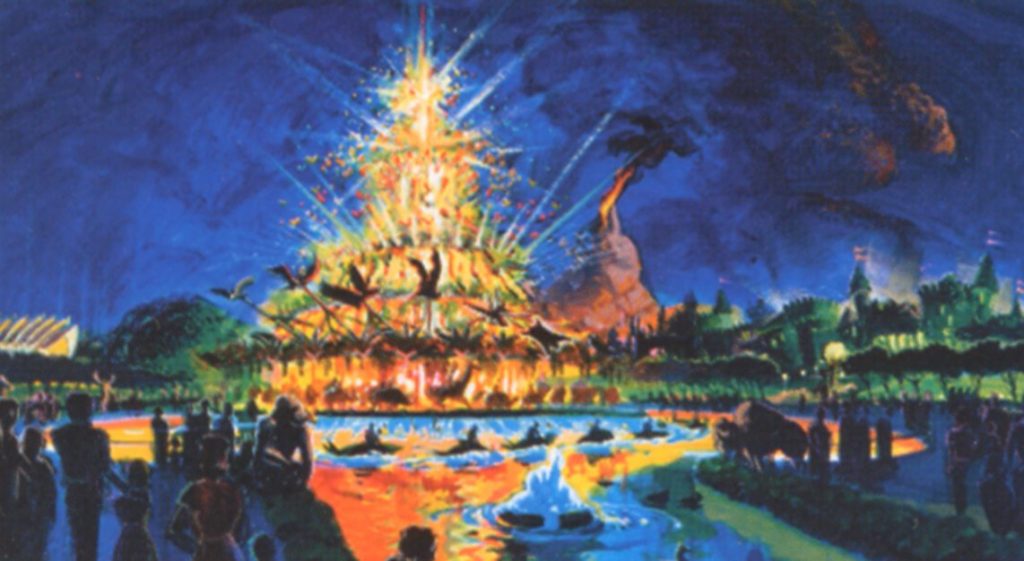
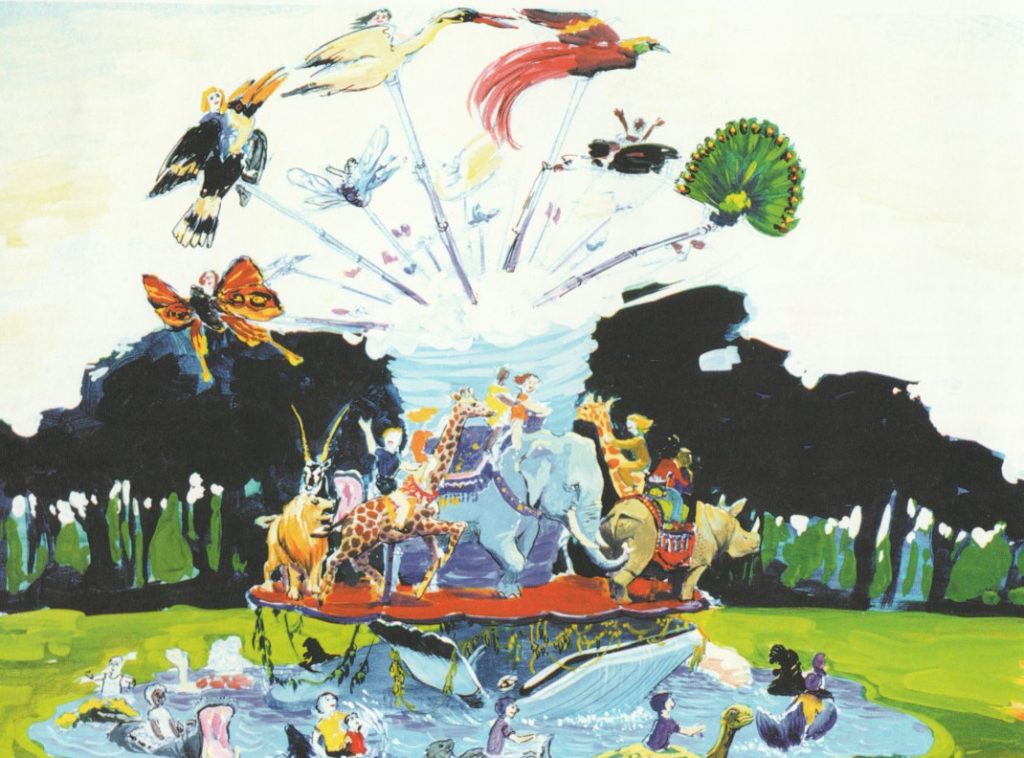
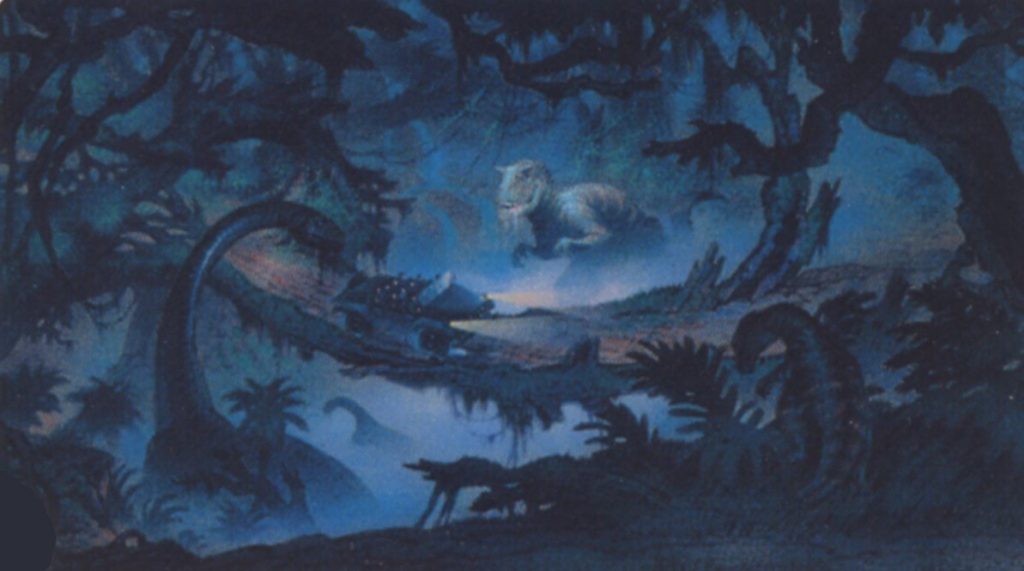
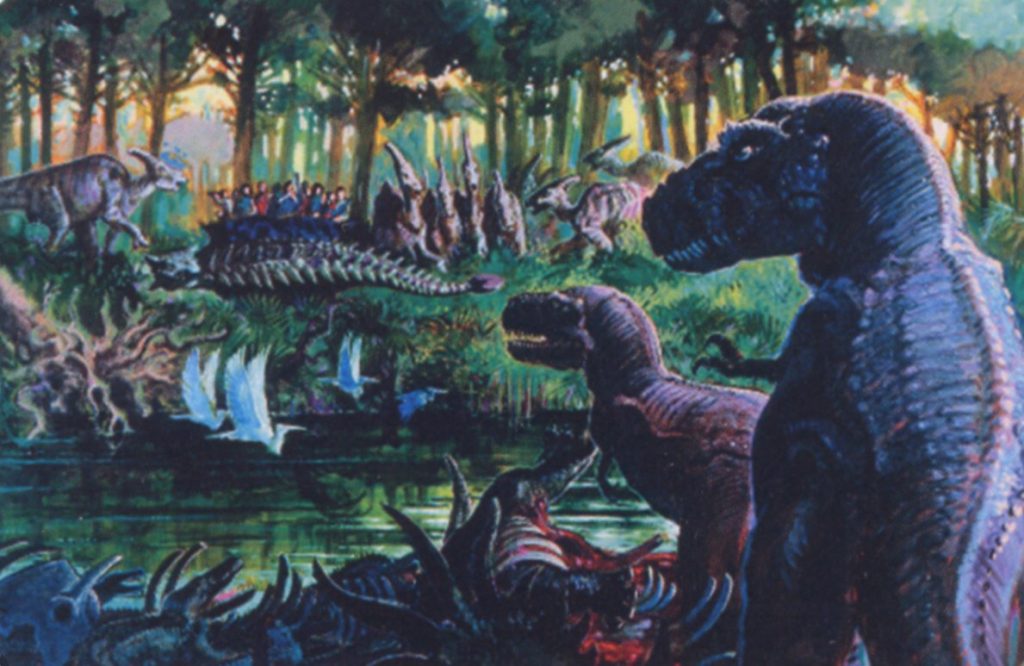
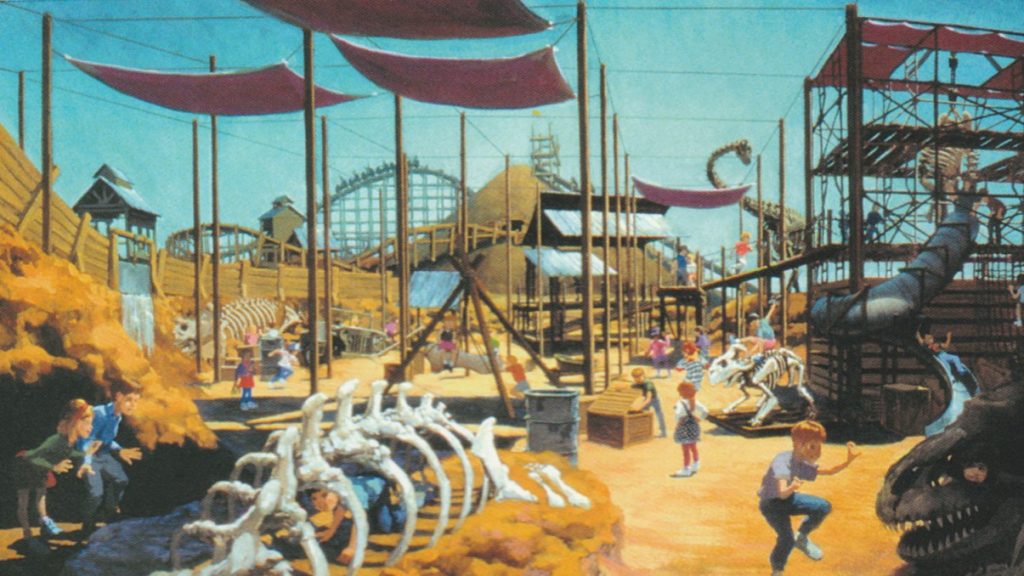
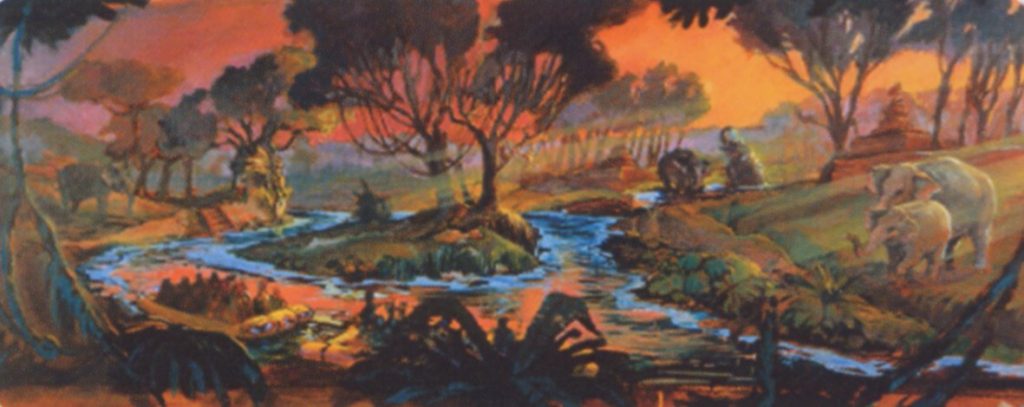

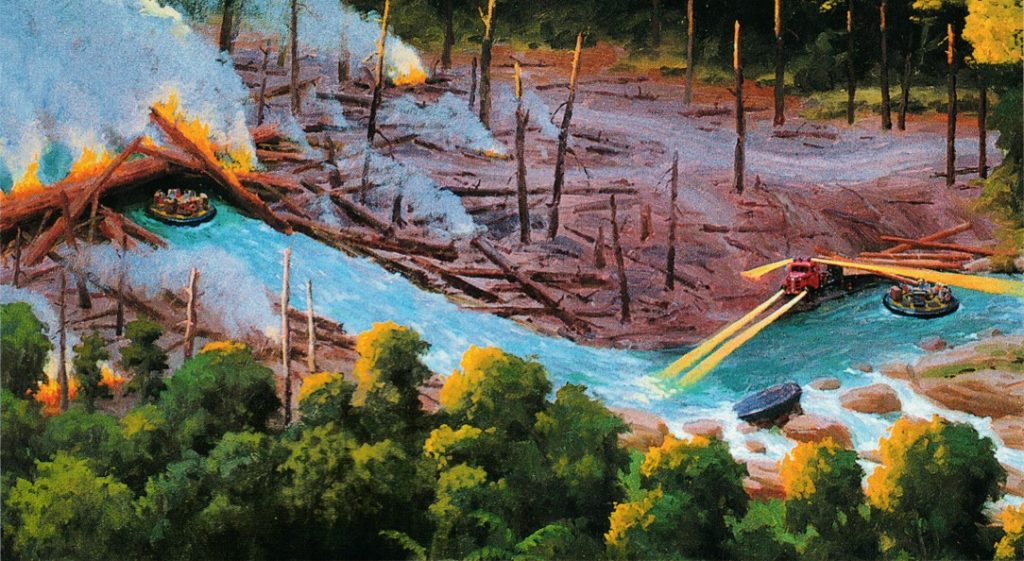

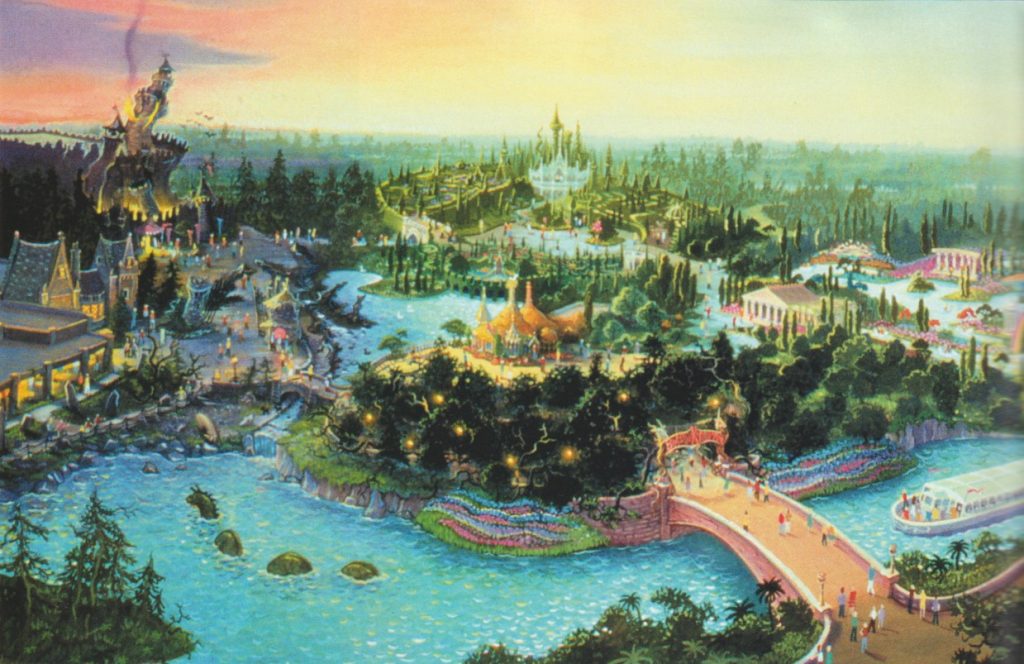
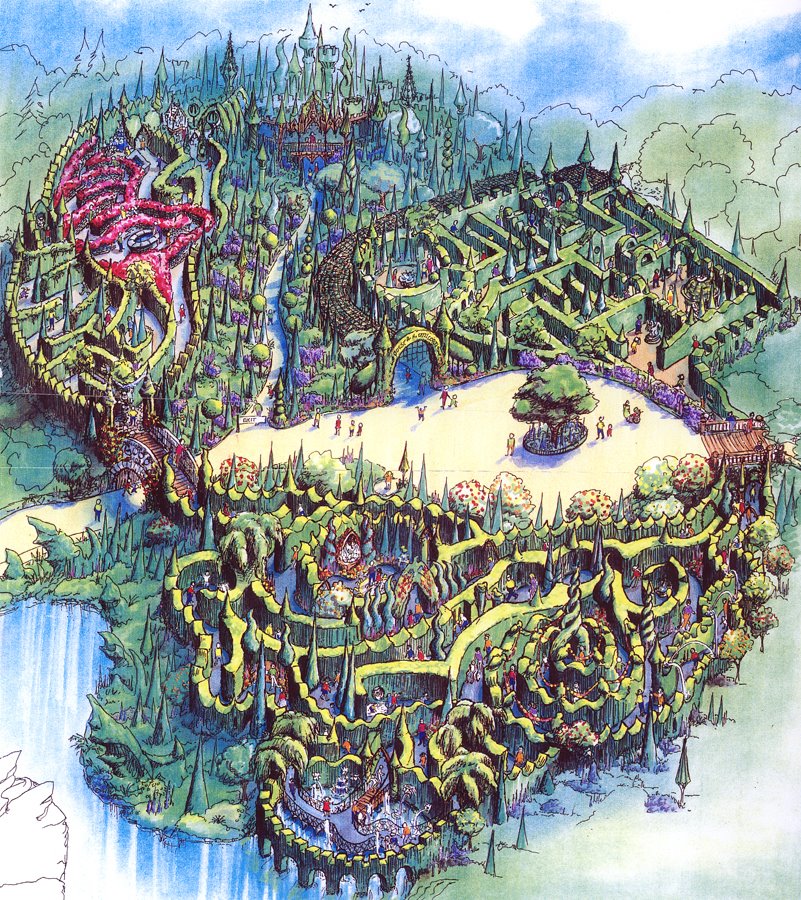
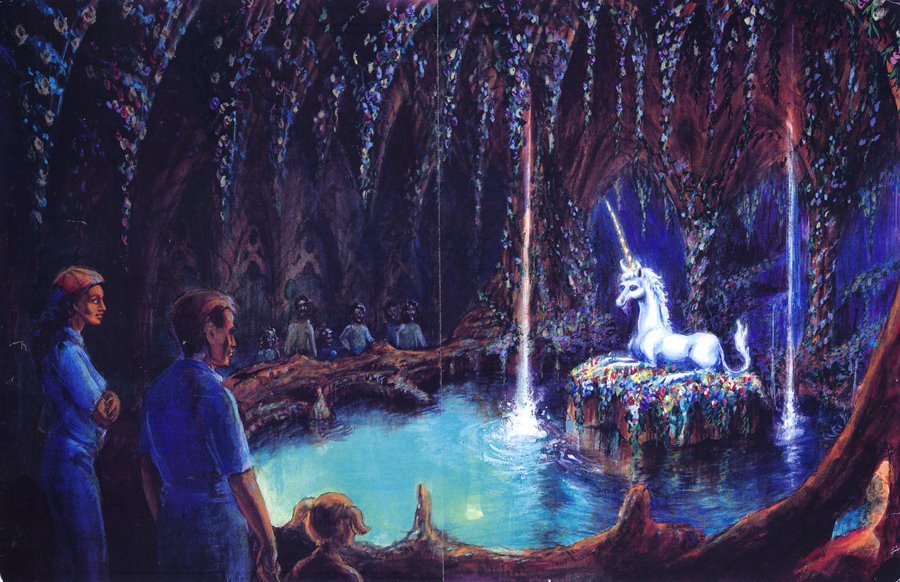
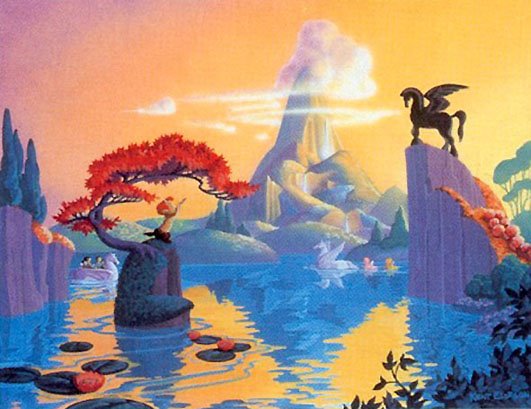
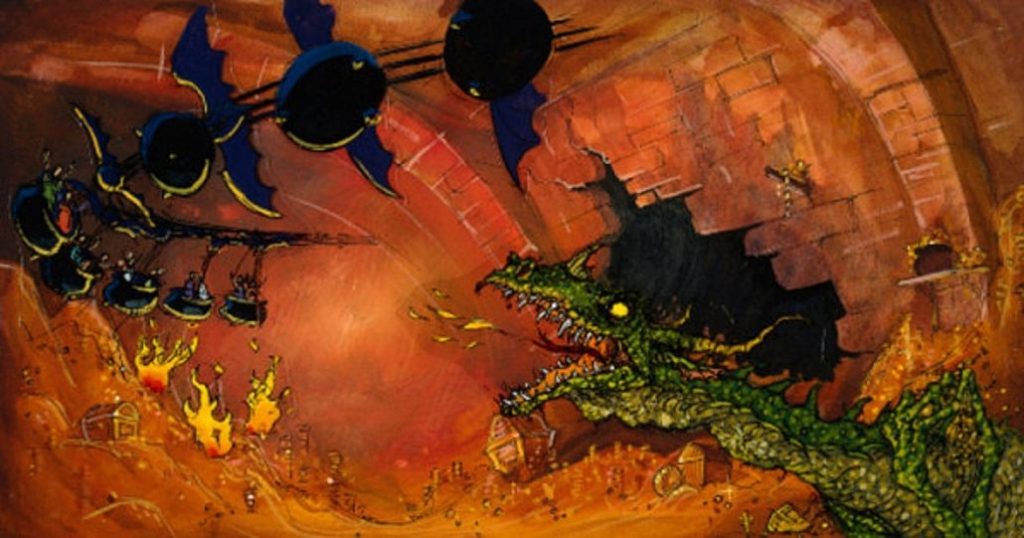
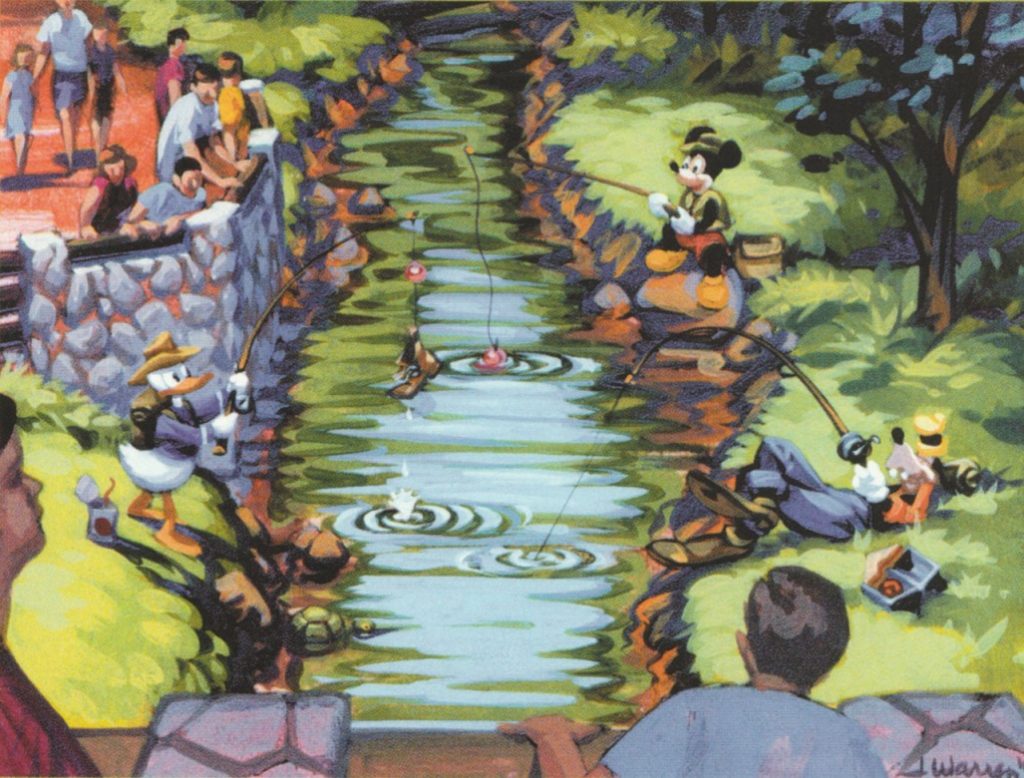
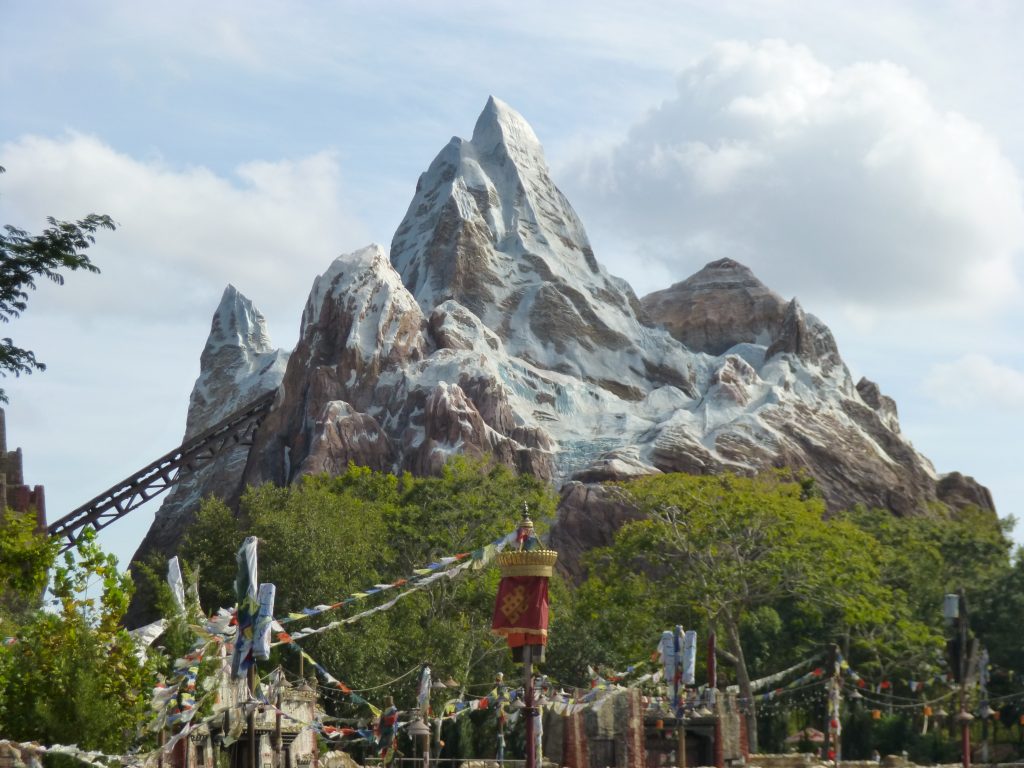
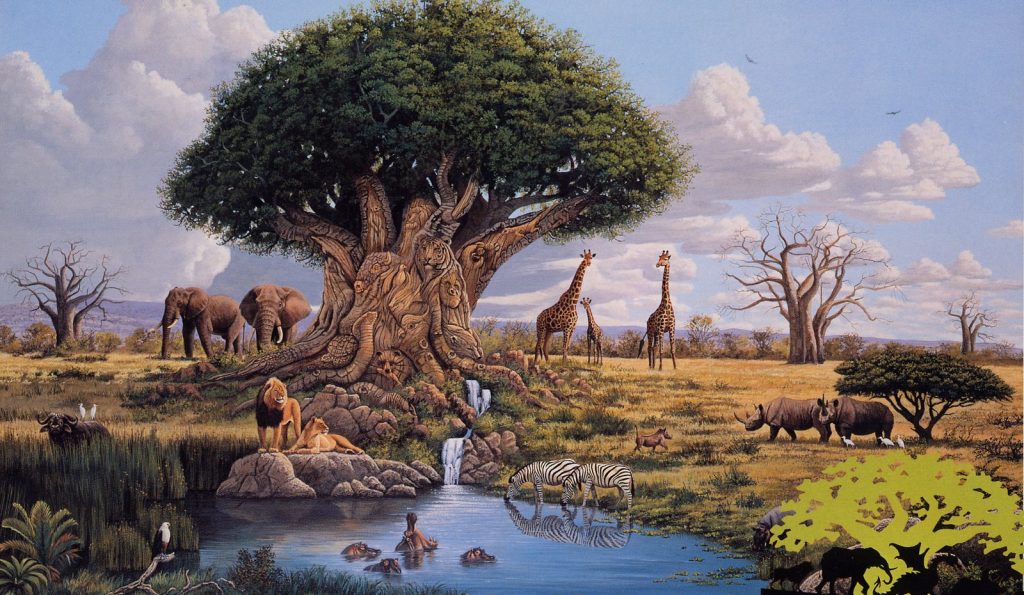
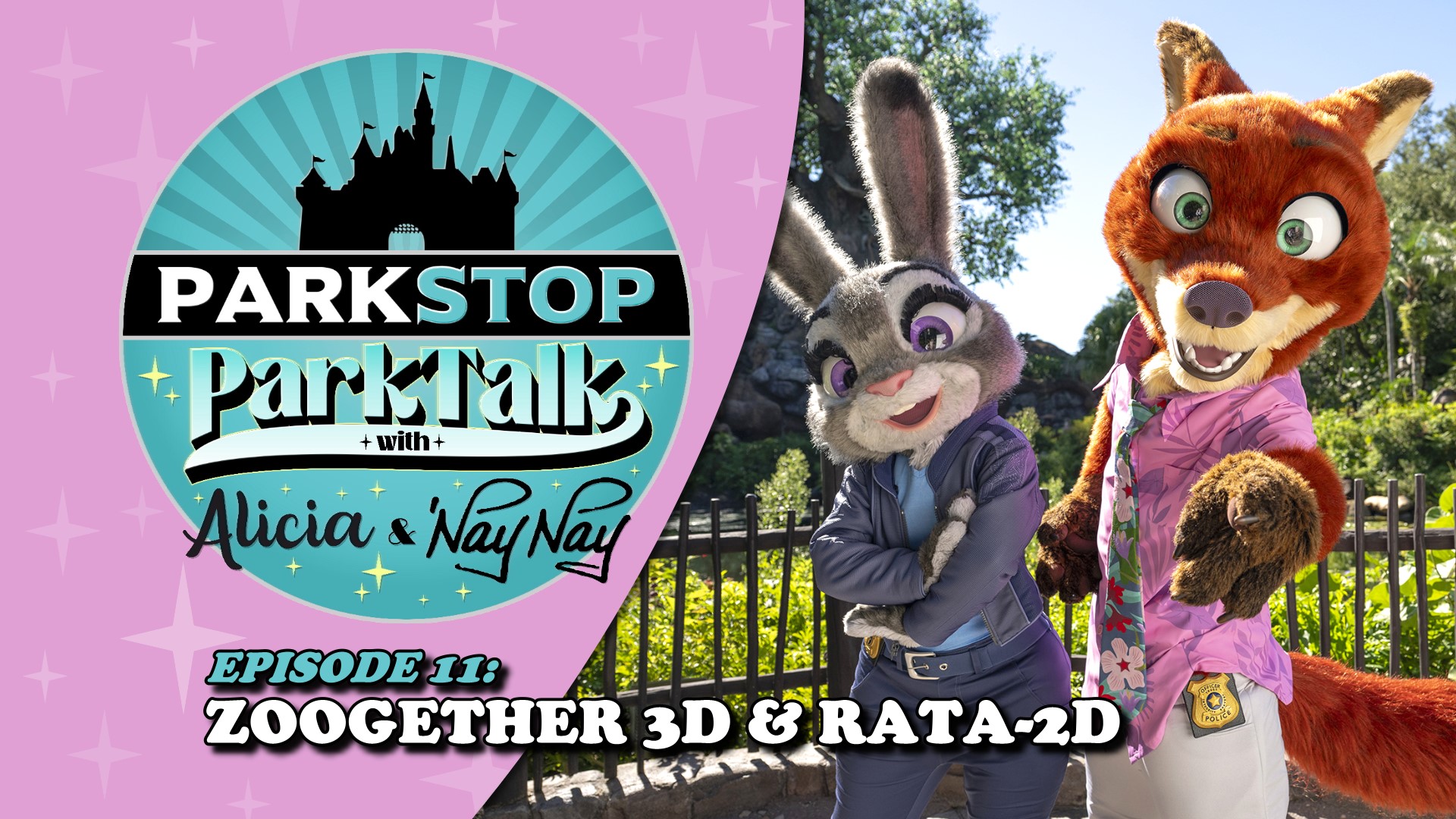

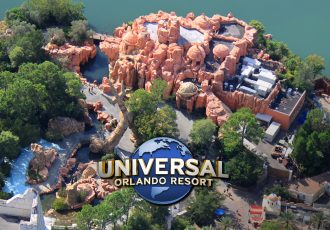

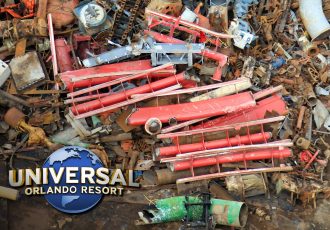
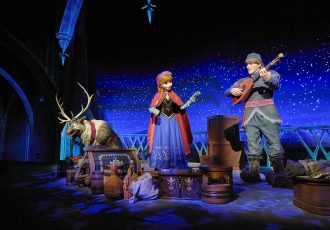
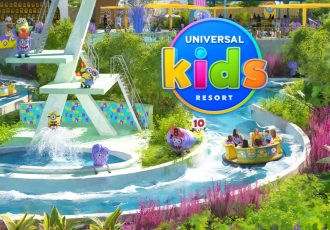
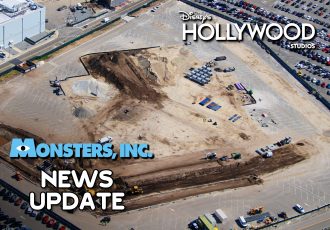
7 Comments
David Vitrano
The New Zootopia land that’s coming to Shanghai Disneyland, needs to be brought to Disney’s Animal Kingdom. And The Wildlife Express Train can be re-themed as The Zootopia Express, the one that Judy Hopps uses to get to the city.
David Vitrano
This concept for a up themed ride created by Parkineer, needs to be brought to life at Disney’s Animal Kingdom.
(VIDEO) https://www.youtube.com/watch?v=W4ABfAZQp5o
Seeing what the ride vehicles looks like. I think the function should be like what’s on this patent on what I thought the Spider-Man ride for Avengers campus was going to look like. https://www.slashfilm.com/disneyland-spider-man-ride-revealed-in-new-patents/
Also the park for this ride is Disney’s Animal Kingdom And the ride should not be called UP: Escape From The Zoo. But be called UP: The Adventurous Escape.????
David Vitrano
For a new section of the INDIAN Portion of ASIA. A custom made Junglebook Themed GCI Shuttle Coaster. Using Infinity Flyer Trains.
(VIDEO) https://youtu.be/xIHrobgQ_Ew
(INFINITY FLYER TRAINS) https://greatcoasters.com/infinity-flyer
With a few versions, Which are a Top Hat, Vertical Loop, a Cobra Loop, a Flat Spin, an Inline Twist & a Custom Inversion, that has a Dive Loop, a 720° or 630º Zero-G Roll, Two Cutbacks one in each direction and and An Immelmann Loop. That I like to called it as the Inner-locked Norwegian Loop.
David Vitrano
Primeval Whirl needs to return as a custom layout (Gerstlauer Spinning Coaster).
https://www.gerstlauer-rides.de/products/roller-coasters/spinning-coaster/
(OFF RIDE) https://www.youtube.com/watch?v=RiEE5DrWORU
(ON RIDE) https://www.youtube.com/watch?v=C1U1yofieII
Finally a custom layout (GCI Wooden Coaster) with Three Lift Hills.
http://greatcoasters.com/coaster-trains
David Vitrano
There needs to be a brand new land at Disney Animal Kingdom, that will be an expansion to Finding Nemo). That connects the Finding Nemo musical building which will also have a new relocated Seas with Nemo and Friends ride.
A Disney World Version of the Nemo & Friends SeaRider at Tokyo DisneySea.
(VIDEO) https://www.youtube.com/watch?v=Jb1Tv0KGTtM
Finally, The coaster shall be a new radical new version of The Crush Coaster at Disney at Walt Disney Studios park at Disneyland Paris.
But it’s a (Mack Rides Extreme Spinning Coaster).
https://www.disneylandparis.com/en-us/attractions/walt-disney-studios-park/crushs-coaster/
That will also include a few more inversion and custom inversions included in this layout of this (Dual Launching Single Rail RMC Coaster). Created by James Taylor. SOME OF THEM REVAMPED.
(VIDEO) https://www.youtube.com/watch?v=wQeBV2Hrhns
David Vitrano
A Bug’s Land needs to be recreated at Animal Kingdom.